For dressier kimono or more formal events, sometimes you need a dressier obi. Something with a lot of bling, something you can tie a big ornate musubi with. Fukuro obi are generally blank on one side and patterned on the entire other side, or they may have a large blank area that gets wrapped around the waist to save on bulk and budget. They typically have bold, celebratory motifs and a lot of gold or silver embroidery or woven threads.
Gold pattern and kamon fukuro

This is a great obi to pair with kurotomesode, it’s a little mature and subdued, and the gold is warm and soft – not brassy or tacky looking.
Champagne and pastel fukuro

Another shiny obi, it’s soft and easy to tie and looks nice with furisode. It’s got rippling rivers and pockets of soft pastel flowers. Not typically to my tastes, but practical to have in any varied wardrobe.
Orange fukuro with gold grasses

I’m not going to lie – I bought this primarily because it reminded me of a creamsicle. It worked out well though – the peachy orange is a perfect match for the ume on my kurotomesode, and some of the tachibana on my indigo taisho houmongi. It screams Showa era, but it’s cute and fun and I still kind of love it.
Black, red, and gold celebratory fukuro

Another one that screams Showa Wonderful. These obis are incredibly typical of the late seventies through early nineties, and are still being produced, though not in quite as much volume. This one has red kiku and gold and silver cranes, and kikko (tortoishell). It’s a very loud, very auspicious obi.
Gunmetal paving stones fukuro

I’m not quite sure how to describe this one. It’s blue, it’s green, it’s purple. It’s irridescent and reminds me of oil on hot asphalt in the heat of summer. Because of the strange chameleon-like quality, it’s amazingly versatile and goes with a lot of things. It came bundled with a kimono, I bid on the kimono and go the obi as a bonus, and oddly enough I’ve worn the obi several times, and not yet worn the kimono once!
Red and black faux-shibori fukuro

I love this one so much. It originally belonged to my friend Amelie, and I coveted it. When she told me she was selling some items, I jumped on it. Why, then, have I not found anything to wear it with yet?! It’s separated into roughly thirds, with two thirds being bright tomato red with a dyed faux-shibori pattern, and the remaining third in black with a stylized chain of wisteria. I will wear it one day, I just need to find the right kimono to do it justice.



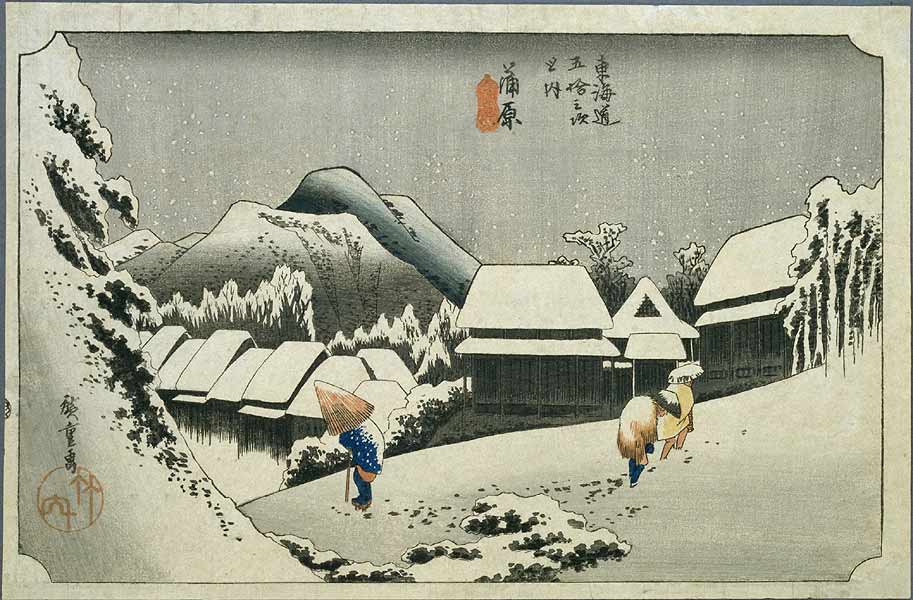












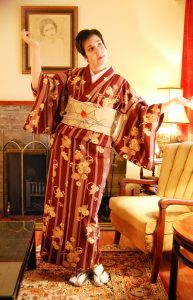
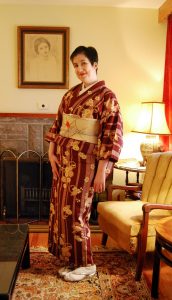
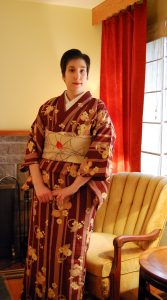
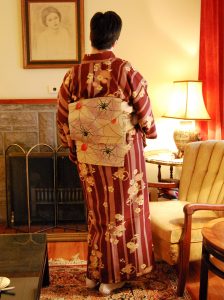
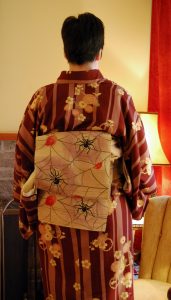
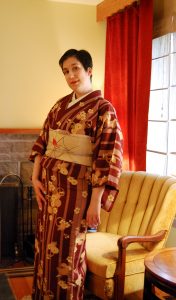
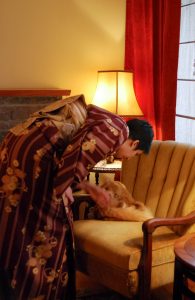
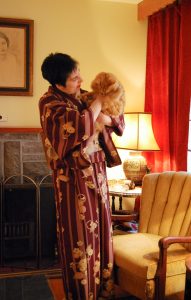
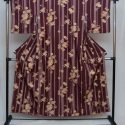
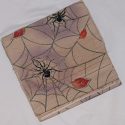
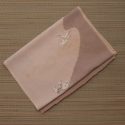
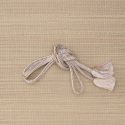

























 Bebe Taian
Bebe Taian CHOKO Blog
CHOKO Blog Gion Kobu
Gion Kobu